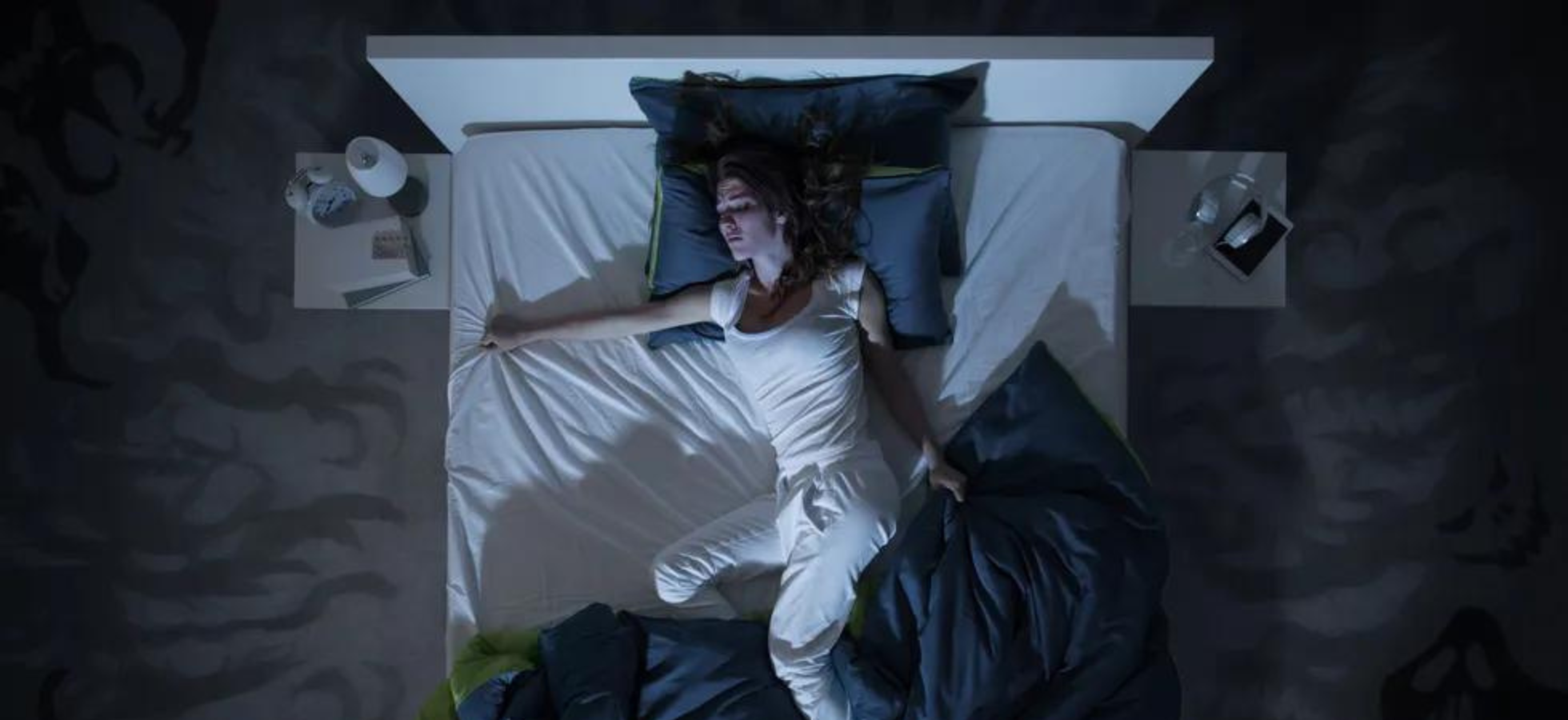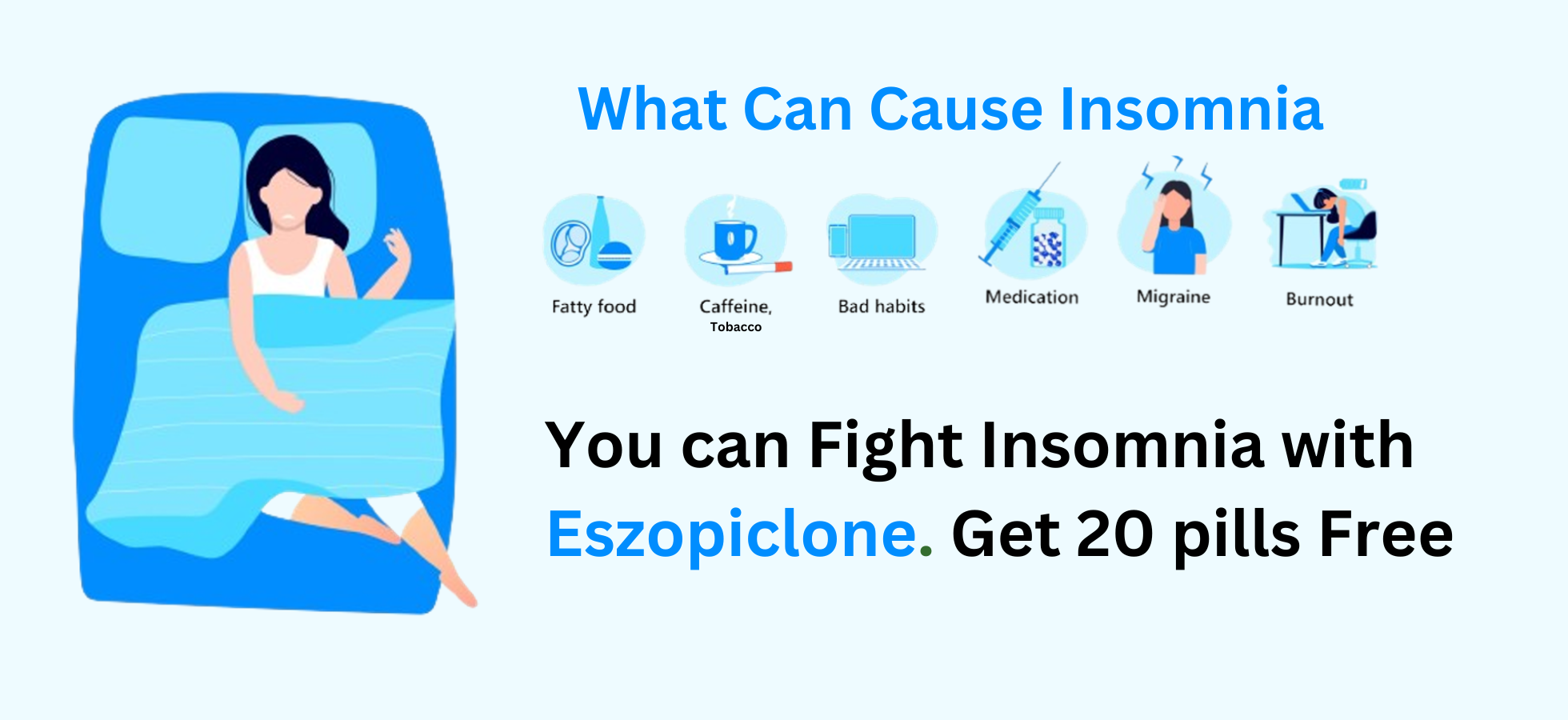Sorry, nothing in cart.
The Benefits of Non-Benzodiazepine Drugs for Insomnia
- By admin
- |
- Uncategorized
- |
Introducing Non-Benzodiazepine Drugs
Non-benzodiazepine drugs represent a modern approach to treating insomnia, offering unique advantages over traditional medications. Unlike benzodiazepines, which have long been the cornerstone of insomnia treatment but carry risks of tolerance and dependency, non-benzodiazepine drugs provide effective relief with a reduced likelihood of adverse effects. These medications target specific receptors in the brain, promoting sleep onset and maintenance without disrupting natural sleep architecture.
A Brief overview of insomnia.
Insomnia is a prevalent sleep disorder characterized by difficulty falling asleep, staying asleep, or experiencing non-restorative sleep, despite having adequate opportunity for sleep. It can lead to daytime fatigue, impaired cognitive function, mood disturbances, and reduced quality of life. Insomnia can be transient, lasting for a few days or weeks, or chronic, persisting for months or even years.
Prevalence and Impact
- Insomnia affects a significant portion of the population worldwide. According to the American Academy of Sleep Medicine, approximately 10% to 30% of adults experience chronic insomnia, while transient or occasional insomnia is even more common.
- Insomnia has a significant impact on both individual and public health. It is linked to a higher chance of acquiring psychological problems like depression and anxiety, as well as medical issues including hypertension, diabetes, and obesity.
Non-benzodiazepine drugs and their role in insomnia treatment.
Non-benzodiazepine pharmaceuticals serve an important role in insomnia treatment by providing effective and well-tolerated alternatives to standard benzodiazepine treatments. non-benzodiazepines target specific subtypes of GABA receptors, leading to more selective effects on sleep regulation. This selective targeting is believed to contribute to their improved safety profile and reduced risk of adverse effects compared to benzodiazepines.
1. Reduced Risk of Dependence:
- Non-benzodiazepine drugs, such as zolpidem, eszopiclone, and zaleplon, have a lower risk of dependence compared to benzodiazepines.
- They target specific receptors in the brain, leading to a reduced potential for tolerance and withdrawal symptoms.
- This makes them a safer long-term option for managing insomnia without the risk of addiction.
2. Preservation of Sleep Architecture:
- Unlike benzodiazepines, which can disrupt sleep architecture by suppressing REM sleep and altering sleep stages, non-benzodiazepine drugs have minimal impact on overall sleep architecture.
- They help maintain the natural sleep cycle, ensuring a more restorative and refreshing sleep experience.
3. Less Daytime Sedation:
- Non-benzodiazepine drugs typically have shorter half-lives and produce less daytime sedation compared to benzodiazepines.
- Individuals taking these medications are less likely to experience grogginess or impairment the next day, allowing them to function effectively in their daily activities.
4. Lower Risk of Drug Interactions:
- Non-benzodiazepine drugs have a narrower spectrum of activity, reducing the likelihood of interactions with other medications.
- This makes them a safer option for individuals who are taking multiple medications for comorbid conditions, minimizing the risk of adverse effects.
5. Flexible Dosing Options:
- Non-benzodiazepine drugs offer flexible dosing options, including immediate-release and extended-release formulations.
- Healthcare providers can tailor treatment plans to individual needs, ensuring optimal efficacy without the risk of overmedication or underdosing.
6. Effective Short-term Treatment:
- Non-benzodiazepine drugs are often prescribed for short-term treatment of insomnia, providing rapid relief from sleep disturbances.
- They can be particularly beneficial for individuals experiencing acute episodes of insomnia due to stress, jet lag, or shift work.
7. Suitability for Special Populations:
- Non-benzodiazepine drugs are suitable for a wide range of populations, including the elderly and individuals with certain medical conditions.
- They have a lower risk of respiratory depression, making them safer for individuals with respiratory issues.
 Eszopiclone is a medication primarily used for the short-term treatment of insomnia. It belongs to the class of drugs known as non-benzodiazepine receptor agonists, often referred to as “Z-drugs.” Eszopiclone commonly known by its brand name Lunesta 3mg works by enhancing the activity of gamma-aminobutyric acid (GABA) in the brain, a neurotransmitter that helps regulate sleep.
Eszopiclone is a medication primarily used for the short-term treatment of insomnia. It belongs to the class of drugs known as non-benzodiazepine receptor agonists, often referred to as “Z-drugs.” Eszopiclone commonly known by its brand name Lunesta 3mg works by enhancing the activity of gamma-aminobutyric acid (GABA) in the brain, a neurotransmitter that helps regulate sleep.
Non-benzodiazepine drugs and how they differ from benzodiazepines.
Non-benzodiazepine drugs, also known as Z-drugs, are a class of medications used primarily to treat insomnia. They include drugs such as zolpidem (Ambien), zaleplon (Sonata), and eszopiclone (Lunesta). While they are often used to treat sleep disorders, they have some key differences from benzodiazepines:
Chemical Structure: Non-benzodiazepine drugs have a different chemical structure from benzodiazepines. While both classes of drugs act on the same receptors in the brain (the GABA-A receptors), their chemical structures are distinct.
Pharmacokinetics: Non-benzodiazepine drugs tend to have shorter half-lives compared to benzodiazepines. This means they are eliminated from the body more quickly, which can result in reduced daytime sedation and reduced risk of next-day impairment.
Selective Binding: Z-drugs bind selectively to specific subunits of the GABA-A receptor complex. This selective binding is believed to contribute to their hypnotic (sleep-inducing) effects while reducing other effects such as muscle relaxation, anticonvulsant activity, and anxiolysis (anxiety relief) that are more commonly associated with benzodiazepines.
Risk of Dependence and Withdrawal: While non-benzodiazepine drugs are generally considered to have a lower risk of dependence and withdrawal compared to benzodiazepines.
Side Effects: Both non-benzodiazepine drugs and benzodiazepines can cause side effects such as drowsiness, dizziness, and cognitive impairment. However, Z-drugs are often considered to have a more favorable side effect profile, particularly in terms of reduced daytime sedation and decreased risk of rebound insomnia.
Approved Uses: While benzodiazepines have a broader range of clinical uses beyond insomnia, including anxiety disorders, muscle spasms, and seizures, Z-drugs are primarily indicated for the treatment of insomnia.
Overall, non-benzodiazepine drugs offer a safer and more targeted approach to treating insomnia compared to benzodiazepines. Their distinct pharmacological mechanisms, shorter half-lives, and specific clinical indications make them valuable alternatives for individuals seeking relief from sleep disturbances while minimizing the risks associated with long-term benzodiazepine use.

